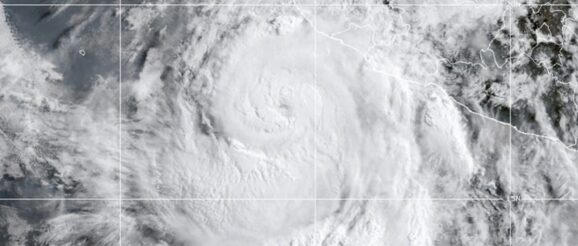Defense Department will keep sharing data for hurricane forecasting

The Department of Defense has reversed a decision to stop sharing satellite weather data that hurricane forecasters rely on.
In June, the Navy announced that it would stop sharing the crucial information about storms, as peak hurricane season loomed in the Atlantic. In response, scientists and weather forecasters expressed fear that the missing data could lead to less accurate and timely hurricane forecasts.
The Defense Department operates satellites that collect information about conditions in the atmosphere and ocean, and for more than 40 years, it has shared that data with scientists and meteorologists.

The information is particularly useful for hurricane forecasters, because it allows them to watch storms in real-time as they form, according to Brian Tang, a hurricane researcher at the University at Albany. Tang says he is happy to hear that the Navy reconsidered its decision. “It’s vital that the data continue to be available through the heart of the Atlantic hurricane season,” he says.
Tracking storms as they gather strength allows forecasters to put out warnings earlier, giving people in harm’s way more time to prepare and evacuate.
The data are also crucial for monitoring sea ice in polar regions. Sea ice coverage affects weather patterns and international shipping, and is also an important source of information about how the planet is responding to climate change.
Before the latest announcement, the Navy had already pushed back the date for ending its data sharing with scientists once. The termination date was originally the end of June, but after an outcry from scientists and forecasters, it was updated to the end of July, according to the Navy. It is unclear what will happen to the satellite data after September 2026.
